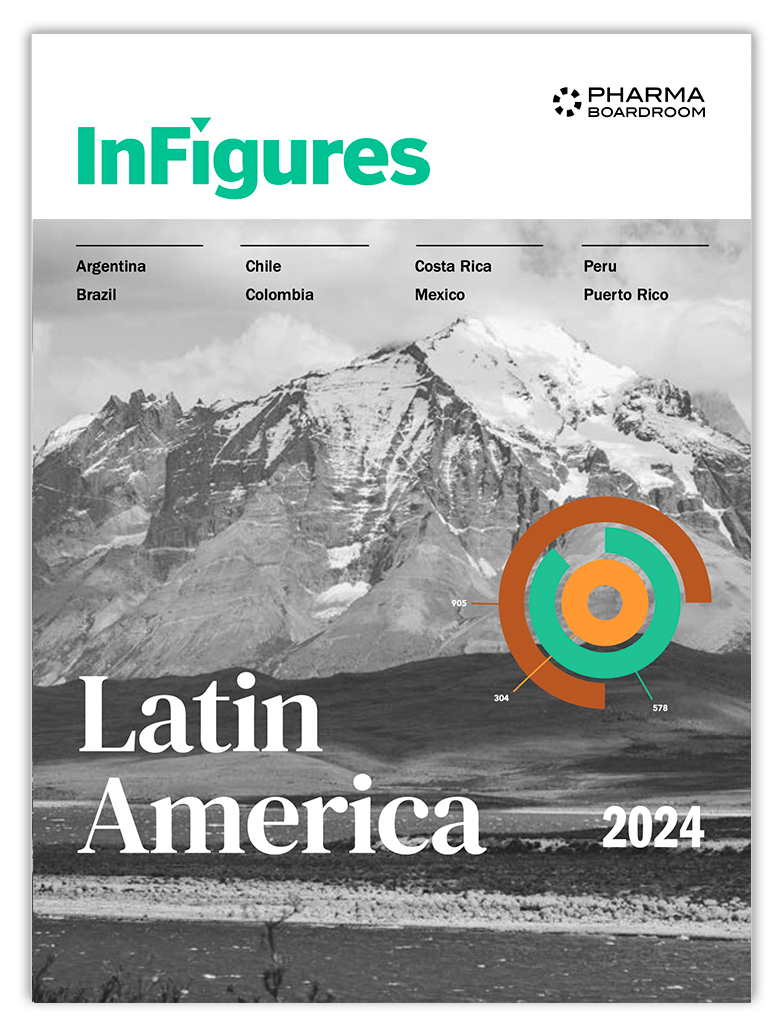MEDEC is the national association created by and for the Canadian medical technology industry. Brian Lewis, MEDEC’s CEO explains the challanges in advocating for a responsive, safe and sustainable healthcare system that is enabled by the use of Medical Technology.
What was your mandate upon arriving at MEDEC?
The business environment was in the midst of change, with many opportunities arising. The price of medical treatments was in the spotlight, rather than the value driven by them, which was the critical factor. MEDEC was looking for someone with general management experience and with a particular skill set to be able to liaise with the management of companies to evolve the association to fit into this changing environment.
In 2011, Industry Canada reported that medical device exports were valued at $1.8 billion, whereas imports were valued at $6.5 billion. Why are there so many more imports?
The importation of products from multinationals enables Canadian Patients to access medical technology innovations supplied by these companies. 80 percent or more of the sales of Canadian grown companies are through exports. These Small and medium Canadian enterprises do not necessarily sell their products here in Canada due to the complexity of commercialization in the Canadian market.
What are the primary differences between pharmaceuticals and medical devices in relation to how they are developed in Canada?
Pharmaceuticals are based on biochemical and biological processes, and the research is done in a very specific way, with a strong focus on patent protection. Medical devices are based on the engineering and physical sciences, and with a process of clinical research that differs from Pharmaceuticals. Pharmaceuticals have a pharmacological effect, with pharmacodynamics and pharmacokinetics; however, with medical devices it is about the skills, training and processes of the clinicians that use them. There is a high degree of technical skill. When a hospital brings in a new product, they talk to other hospitals or work with manufacturers to bring in experts, or visit a site with experience in using the product to interact with experts in order to develop the local skills.
Furthermore, the life cycle of medical devices tends to be about two to three years or less before some other manufacturer creates their own version of the product. Patent protection is not as sought after as in pharmaceuticals, because it is much more difficult to achieve. This fact helps create an industry that is focused on ongoing innovation. Innovation in Medical devices ranges from “disruptive innovation”, which really changes the paradigm of treating a particular disease or condition to incremental changes that have smaller but still important developments for treating patients.
Health Canada has approved about one million Class 2, 3, and 4 medical devices here. Some export companies do not even get Canadian approval because of the challenges of commercialization here in Canada. They are generally much smaller companies, and their ability to get their products adopted into commercial use in hospitals is hard. The hospital mindset focuses on cost minimization; although everybody wants the most beneficial health outcomes, there is a real pressure to keep prices down. Hospitals use shared service organizations (SSOs) and group purchasing organizations (GPOs), and they follow a tendering and RFP process as if they are buying office chairs. There are components in the procurement process that look at the elements and offerings of products, but much of the weighting is put on price. We at MEDEC are asking that hospitals and governments look at the value of the device rather than just the price.
Where does Canada stand in relation to other developed countries in terms of the introduction of and patient access to the most cutting-edge technologies?
Devices brought in by a multinational into Canada are delayed somewhat over other countries, but they still get access. But if a technology is homegrown, they may never see access here unless it is picked up and sold by a multinational.
What are the challenges associated with reimbursement of medical technologies?
Well over 80 percent of purchases of medical devices in Canada are by hospitals. We get tied into the hospital budget. We have to go through shared services organizations as well to get into the hospitals. Most hospitals are running in a financially constrained situation and their ability to grow is often difficult due to expenses. Hospitals’ strong focus on cost really slows them down in terms of what medical technologies they can access.
What are the biggest challenges for your members?
MEDEC has a great Board of Directors and Executive to the Board who provide a strong strategic focus for the organization. As an association we work through member-based committees that come together to address common business issues and develop relevant objectives and initiatives.
Small associations must focus on priorities, and MEDEC’s first priority is demonstrating the value of technology. Government stakeholders and senior hospital officials understand pharmaceuticals and their research. That degree of understanding is less developed when it comes to medical devices, and MEDEC is educating these stakeholders about physical sciences and engineering, as well as the life cycle of the medical device in terms of patents.
The perception of the value of technology is also critical. There is a tendency in procurement to only look at the price of the device. A device might have a price that is higher for the Operating Room (OR), but many times has a down-stream effect that produces significant cost savings and/or better patient outcomes. The downstream effect of the device may be that re-hospitalization and re-treatment are reduced because of the device’s value and the amount that those considerations have an edffect must be accounted for when products are purchased. It is ensuring that the health technology assessment and/or the value of the outcome assessment is incorporated in the process of adopting the technology. You really will be able to come up with products that will reduce the burden on the overall system. That product might be pricier for the OR or imaging suite in which it is used, but the treatment is more efficient and effective and saves costs to the broader system.
What are the primary differences between local and multinational members? How do you address their individual needs?
Multinationals tend to have slightly more staff and presence to get their products into the system and adopted, although it does take longer in Canada on average than other countries. Small companies do not have this advantage. It also depends on the product, and how long the product has been locked into a buying cycle. In some cases, an SSO will have a device that is a locked in a 3-year contract. Even if an innovative improvement is created by a multinational, to get that innovation in and used, may take longer because of that contract.
How does MEDEC help small companies?
MEDEC supports small companies through our adoption of Canadian innovation strategic pillar. Our members know that governments and others want to grow the medical technology sector in Canada. This requires creating an environment in which the adoption of new, value-added innovation can happen more easily and quickly, and allows smaller organizations to have their products approved and used in Canada. In order to sell to markets worldwide, Canadian-based hospitals using a product will help quicken the export cycle. Multinationals will benefit from helping small companies in that a system with the adoption of new meaningful innovation will speed up the process for all businesses.
Another important MEDEC pillar is strategic procurement. How do we make procurement happen so that value of the outcome is addressed more effectively? It is not just about being at the policy table, but becoming a trusted partner with government and stakeholders. The industry is not just selling medical devices; it is providing products and associated services that support Healthcare providers in achieving better patient outcomes. MEDEC’s vision is to support a sustainable healthcare system in Canada by partnering or collaborating with government and other Healthcare providers to ensure that medical devices are being correctly viewed, effectively assessed and optimally utilized to achieve superior outcomes.
What is your strategic vision for the next five years?
Board members and chairs leave, as do executives. What is more important is the continuity of the message and focus to ensure alignment. In five years, Canada will be adopting new innovation more quickly. For example, MaRS Excite is a program designed to take the economic or value assessment, research and approval of products all into the pre-market stage. In addition, more research will be conducted in Canada and the procurement process will be enabled to support the adoption and commercialization of new innovative products into the hospital system.
What is Canada’s competitive edge for medical devices?
Many countries in the world are asking for a value assessment of medical devices more often than in the past. The world is evolving in terms of that assessment. In Canada, with the EXCITE program we are able to bring assessment into the pre-market space. This creates a more efficient system and offers many advantages to manufacturers, which may incentivize multinationals (MNEs) to do more research in Canada. I really believe that the growth of innovation adoption in Canada is the key to growth for the sector and programs like EXCITE can help us achieve this goal.
Government, stakeholders and industry are in the right mindset to strengthen the foundation of medical technology in Canada. We are seeing this progress, and the industry is coming of age here. We are working to be viewed and understood for the true value that we can bring to patients and to the economy.







